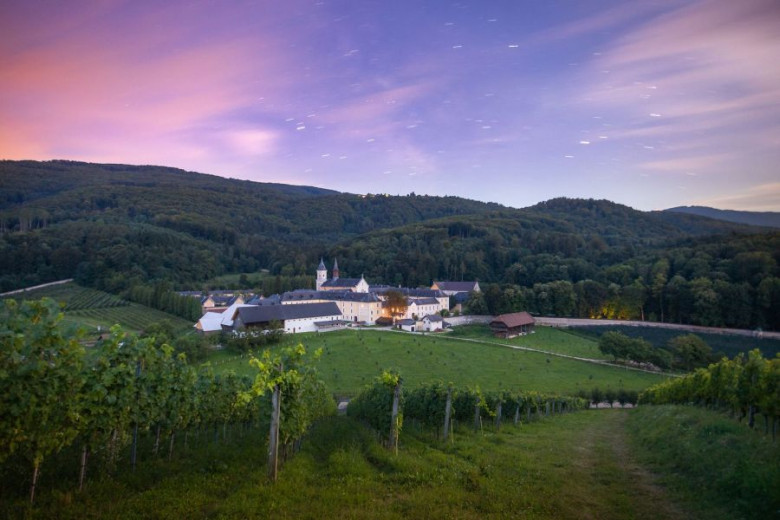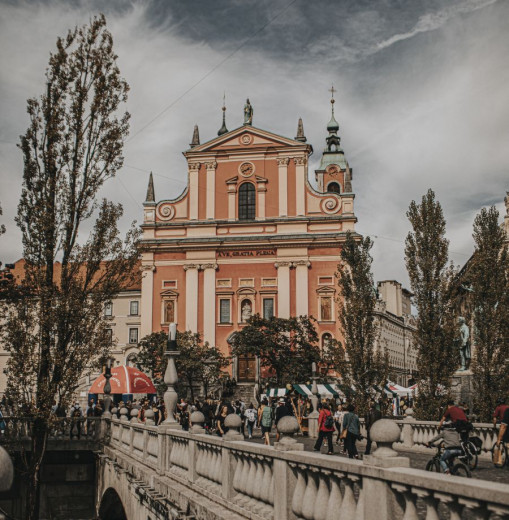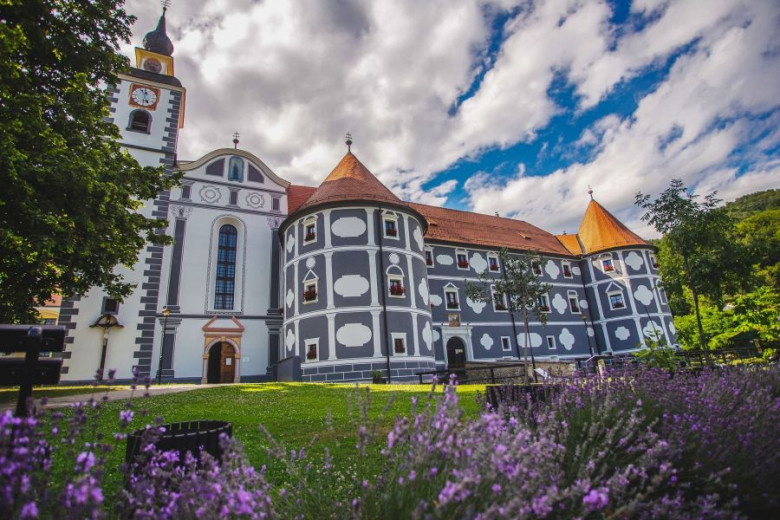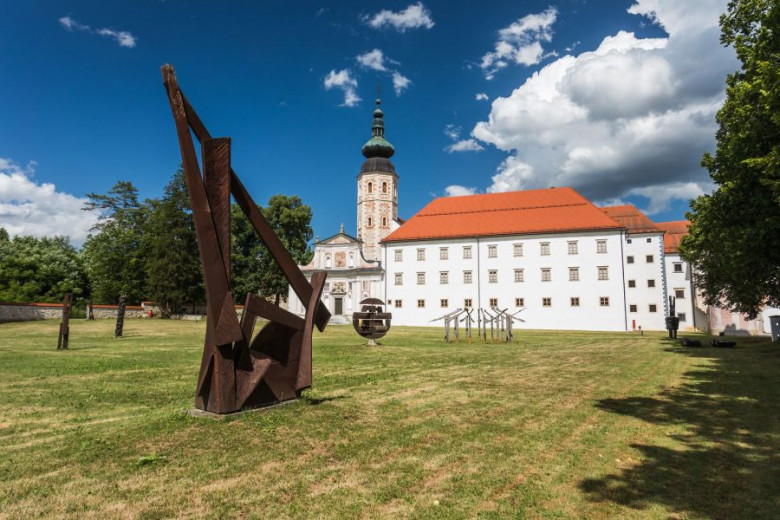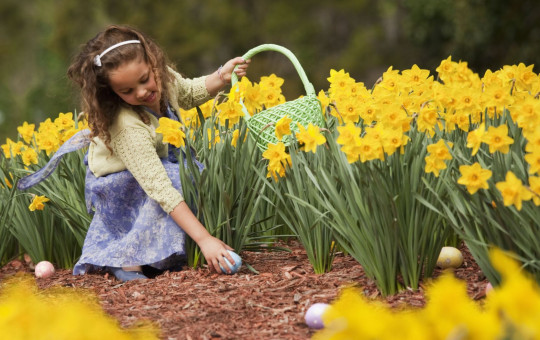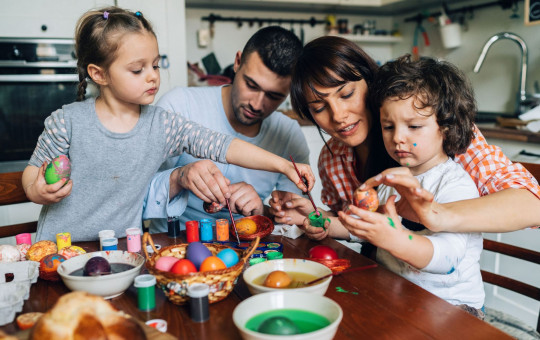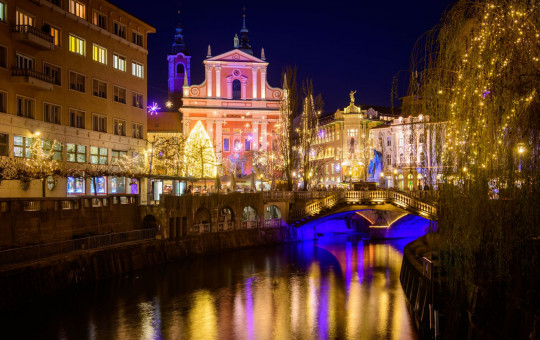Monasteries seem to be a remnant of some distant past, but there are quite a few that are still very much alive. Slovenia has 42 operating monasteries, 14 that have been closed down, and some monasteries that have fallen into ruin.
The oldest monastery in Slovenia is the Stična Abbey, the only operating Cistercian monastery in Slovenia.
In addition to the Stična Abbey, some of the most beautiful and interesting monasteries in Slovenia include the Cistercian Monastery in Kostanjevica na Krki, the Franciscan Monastery in Ljubljana – the Franciscan Church of the Annunciation, the Žiče Charterhouse, the Jurklošter Charterhouse, the Ursuline Monastery of Ljubljana, the Studenice Dominican Monastery, the Franciscan Monastery in Maribor, the Križanke Monastery in Ljubljana, the Minorite Monastery and Church of St Peter and Paul in Ptuj, the Bistra Carthusian Monastery, the Rajhenburg Trappist Monastery, the Franciscan Monastery of the Holy Trinity in the Slovenske Gorice hills, the Dominican Monastery in Radlje ob Dravi, the Capuchin Monastery in Celje, the Pleterje Charterhouse, the Olimje Minorite Monastery, the Benedictine Monastery in Gornji Grad, the Kostanjevica Franciscan Monastery near Nova Gorica, and the Minorite Monastery of St Francis in Piran.
-
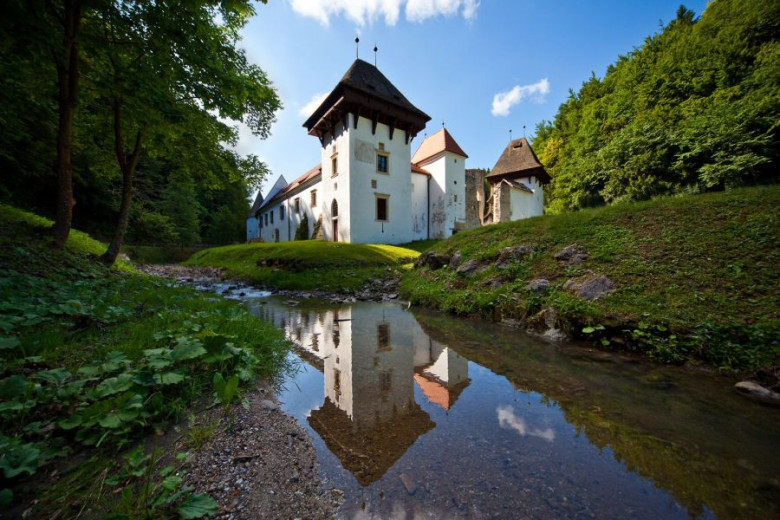
Today the Žiče Charterhouse is used as a venue for weddings, cultural and other events. Photo: Jošt Gantar/www.slovenia.info
-

The architectural appearance of the Stična Abbey has changed over the centuries – today it bears traces of the Baroque, Romanesque and Gothic styles. The oldest core of the monastery, consisting of the famous cloister (križni hodnik) and abbey church, has been preserved in good condition to the present day. Photo: Aljoša Rehar/STA
-
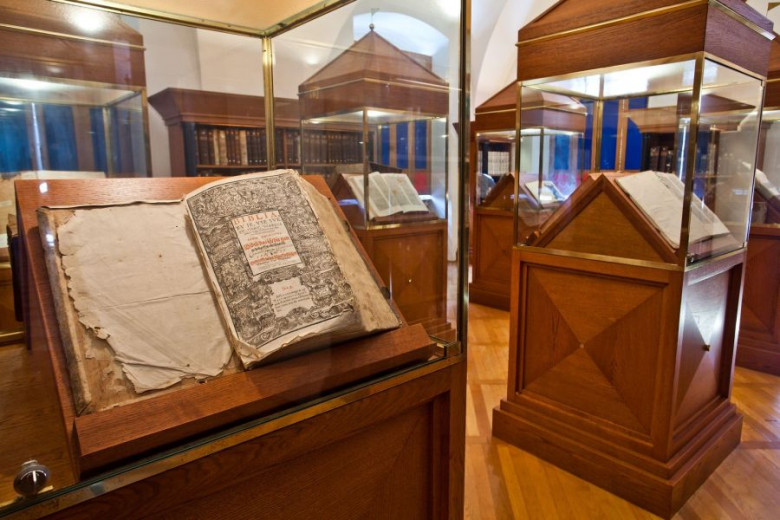
Library in Franciscan Monastery, Kamnik. Photo: Jošt Gantar/www.slovenia.info
-
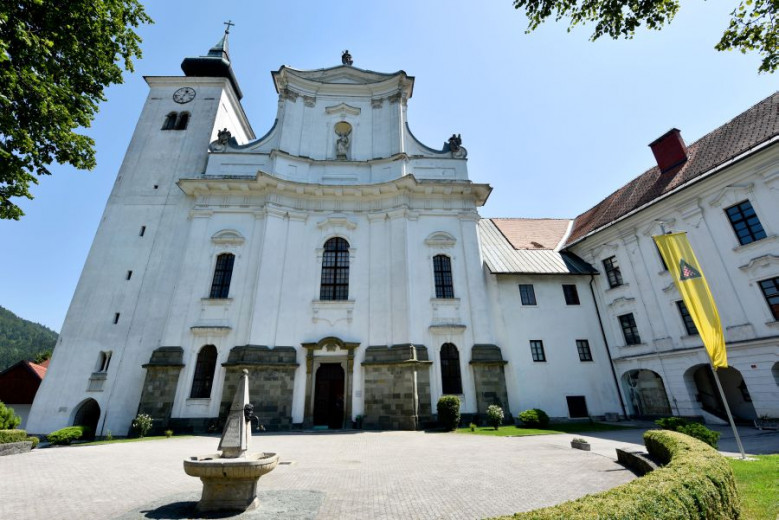
The Benedictine Monastery in Gornji Grad was founded in 1140 and dissolved in 1473. The mighty Church of St Mohor and Fortunat is the biggest church in Slovenia. The Baroque church is built in the form of a cross with a dome at the centre. Photo: Tamino Petelinšek/STA
-

The Minorite Monastery of St Peter and Paul in Ptuj was founded in 1239. The ancient yard is often used as a venue for cultural events; the monastery has a well-stocked library; there is also the typical statue of the Virgin Mary and child Jesus dating from 13th century. Photo: Mankica Kranjec
Active coexistence with the environment
With the exception of monasteries that have no contact with the outside world other than for the purposes of obtaining vital necessities, Slovenian monasteries are very much involved, directly or indirectly, in the lives of the places where they are located. They are typically involved in activities such as cultural activities, work with young people, charitable activities, and, for example, herbal medicine.
The Stična Abbey is the oldest monastery in Slovenia, established around 1132. It was here that the famous Manuscript of Stična, one of the first texts in the Slovenian language, was written in 1428.
Priests devote their time to work and prayer; the monastery is known for herbal medicine; a number of books of Father Simon Ašič (who had great knowledge of healing herbs) have been published on natural medicines for physical and psychological illnesses.
Every year, a traditional event called "Stična of the Youth" is held in Stična, attracting thousands of young Slovenians, who come to socialise and deepen their faith.
Due to its strict rules regarding monastic life, the Pleterje Charterhouse is closed to the public. Since entering the Charterhouse is not allowed, visitors can see the depiction of the life of the Carthusians in the Gothic church; there is also an open-air museum exhibiting typical farmhouses and associated outbuildings from the Šentjernej field.
The Franciscan Monastery – the Church of the Annunciation is located on the main square in the centre of Ljubljana. It is one of the most popular monasteries among Ljubljana residents, as monks devote considerable time to young people and those with disabilities, and also hold a number of cultural events, run the parish choir, and so on. The monastery is featured on many postcards. It boasts a Baroque altar made by famous sculptor Francesco Robba.
The Olimje Minorite Monastery is located near Terme Olimia. The mighty Church of Mary’s Assumption, boasting one of the most beautiful Baroque (Rococo) altars in Slovenia, was added to the monastery, which was initially a castle. The Pauline Fathers also built a pharmacy, which is one of the oldest in Europe.
The Kostanjevica na Krki Monastery is another interesting Cistercian monastery. It was built in 1234 and ceased to operate in 1745. Since 1974 it has housed the Božidar Jakac Gallery, which brings this exceptional cultural monument to life. The monastery's gardens are decorated by wooden sculptures created under the auspices of the International Symposia of Sculptors called Forma Viva. Although there are no longer any monks here, the monastery is very much alive, resonating with its artistic message.
The Križanke (Knights of the Cross) Monastery in Ljubljana is organised in a similar way. The original Gothic church was rebuilt in the Baroque style around 1714. The church was designed by Venetian architect Domenico Rossi. The monastery's interior also includes the Knights' Hall, since the monastery complex originally belonged to the German Order of the Knights of the Cross. Between 1952 and 1955, the monastery complex was renovated and redesigned according to plans made by the famed Slovenian architect Jože Plečnik. One of the city’s most beautiful and picturesque settings, the Križanke complex often serves as the venue for major cultural events, such as the Ljubljana Summer Festival.
An opportunity for a tourist visit
Churches and monasteries in Slovenia are places of faith and testaments to the history of monastic life, and are remarkable for their architecture and paintings.
There are around 3,000 religious buildings in Slovenia.
Due to their beauty and the rich content some monasteries have managed to preserve over the centuries, such places are also ideal for family visits, providing an opportunity for socialising and learning. Or you may simply enjoy the peace and quiet they provide.
Date: 24. July 2020
Time to read: 3 min

